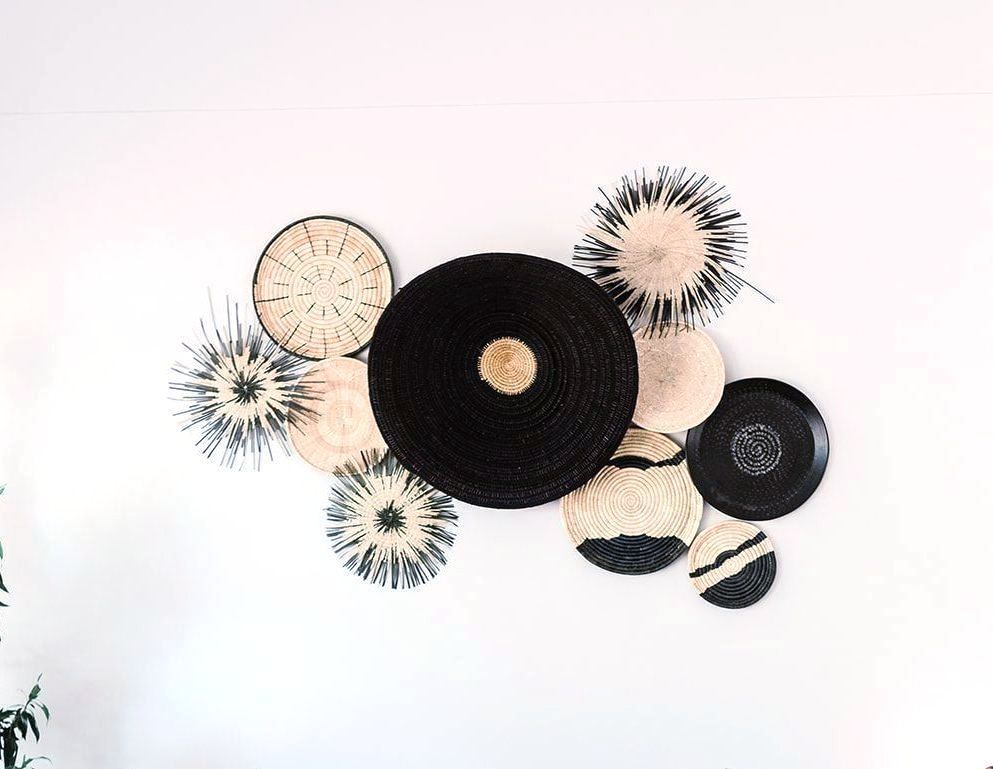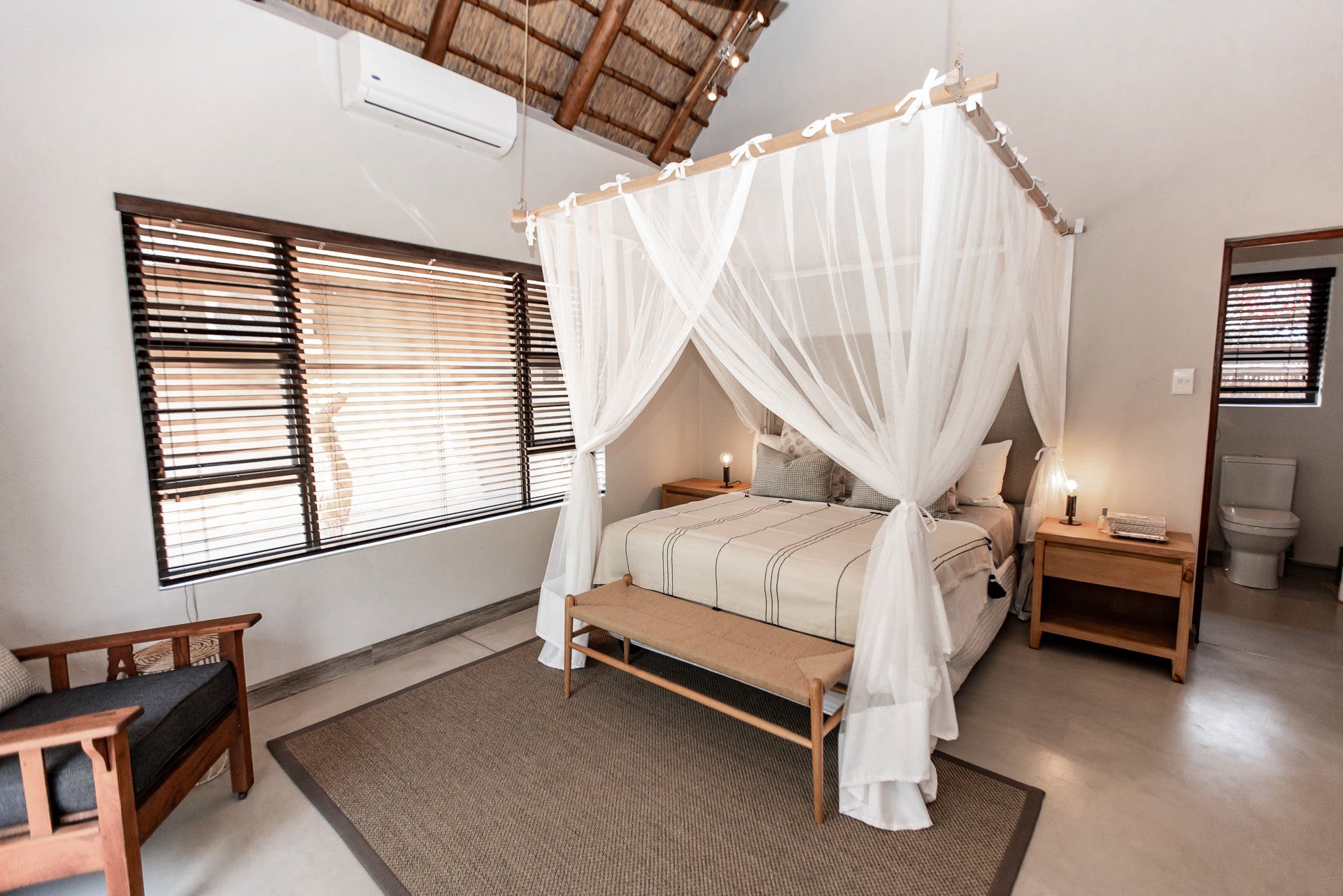Biomimicry from nature to modern design
November 14, 2017
Nature and the process of evolution is an incredible thing. When a problem within nature arises, evolution steps in to sort it out with effective adaptations which could be the answer to man’s own issues of sustainability.
As humans we have the option of addressing our own environmental issues with biomimicry, or in other words, looking at nature’s solutions to environmental issues and applying them to human design.
In nature, humans have discovered evolutionised systems which have been mimicked in design, with the end goal of creating a more sustainable future.
Could applying biomimicry in design be the key to our survival?
In today’s world, biomimicry is being looked at to address climate change – to address food and water supply, to handle the earth’s resource shortages and in building more sustainable cities.
Biomimicry is becoming the preferred standard for design in the world we live in today, but is represented in a myriad of forms, dating back as far as 1436.
biomimicry examples : Leonardo De Vinci’s drawings for flying machines were inspired by nature, while Filippo Brunelleschi’s thinner and lighter dome for a cathedral in Florence took inspiration from an egg shell. Anthony Gaudi’s famous Sagrada Familia is an ode to nature, inspired by tall trees of the forest. Tree-like columns branch off near the roof for support, and in-between skylights contain green and gold glass to reflect light.
Biomimicry ideas are represented in incredibly intelligent structures today, inspired directly from Mother Nature:
- The solar panel mimics the earth’s surface to harness the energy of the sun, creating a renewable source of power.
- The closest equivalent to the biology of concrete is coral. Global concrete production is being changed to represent the bio-mineralisation of natural coral in order to reduce billions of tons of CO2 emissions from the atmosphere.
- Air-conditioning systems are being designed around the form of a termite mound – a natural miracle of temperature control in extreme environments. Eastgate Centre in Harare, Zimbabwe, is an example of a building which maintains comfortable temperatures using ingenious design.
- The shape of the blades on wind turbines the world over have been designed to mimic that of a whale’s fin – to be both elegant, yet powerful and efficient, generating a natural source of energy from the wind.
- Many buildings are being designed to harness natural air flow through intelligent ventilation systems in order to conserve energy. London’s famous ‘Gherkin’ building is one such intelligent structure. It was designed to replicate the function of a sea sponge by directing the flow of air through an exoskeleton structure in order to ventilate the entire building.
Designing your home to mimic nature
Here are a few simple tips:
1. Design your home to respond to the sun’s light
2. Make connections between your furnishings and décor with elements of nature
3. Combine form and function – purchase furniture which is beautiful, yet practical and sustainably made
4. Optimise your resources
5. Reduce, reuse, following the cycle of life
6. Think and shop locally where you can
The solutions to all our sustainability problems here on Earth lie around us. It is believed that animals, plants and microbes are the original engineers among us all, and we can learn a thing or two from their adaptions while trying to figure out how to create a more sustainable world. Biomimicry is a smart answer to move forward and can help bring nature even more in interior design and your home and help be more eco friendly
Share on Socials

Back in March of 2020, Bianca and Jana were dusting off their Fez’s and grabbing the pashminas out of storage in preparation to Rock the Casbah! However, as we all know and vividly remember - with March, came the eventual Covid shutdown, and instead of frolicking down the Moroccan streets, we all shut ourselves inside and watched the days tick by… 3 Years later, and now we can finally say - with conviction - that they’re going to Morocco at the start of September! This blog, filled with excitement and curiosity about all the weird and wonderful curios they might find, and endless sourcing they’ll do, stays as a reminder that sometimes plans change, things go awry and there’s not much you can do about it other than persevere - and that we did! So, here’s Bianca and Jana’s innermost thoughts about the trip, 3 years before it came to fruition, enjoy :) We've got our passports out and Jana has already picked out what she's going to wear each day… Come March [September] we'll be heading north with Air France to the Kingdom of Morocco, bright eyed and bushy tailed as we make our base in the ancient city of Marrakesh (also known as Marrakech to the French, but we're not French, so we'll go with the English version until all that fuss about Brexit is sorted out) - This turned into a year long negotiations trade, and now us outsiders would pay nearly double what we used to if we visit the UK - thankfully our flight is direct!! We'll be looking for inspiration and will be investigating what's there that we could possibly bring back to The Hoed. We can't wait to experience the atmosphere and afro-arabic influences of this amazing place as we visit the celebrated souks and off-the-beaten track artists and craftsmen that make Marrakesh so special. We're desperate to see the beautifully hand-crafted furniture, textiles, fabrics, rugs, carpets, objets d'art, accessories, lighting… anything that catches our eye and could possibly be brought back south. Berber mats and rugs are definitely on our list, as are the kind of furnishings you might find in a gorgeous Bedouin tent. If you think about it, the Bedouin refined the art of "glamping" into an artform - fabulous carpets on the ground, soft, billowing fabrics hung here and there, plump cushions spread on the ground, intricate leatherwork and carved wood, patinated metal… Total Glamping vibes! We just love all of it and will be tracking as much of it down as we can. We'll also have an eye or three out for wonderful ceramics and glassware and wonderful lamps that give off soft, filtered light. For us it's about workmanship, so we'll hopefully be finding the people who make furniture and ceramics using techniques that have been passed down over countless generations meaning that everything we look at will have its own, and its own special story. Our mission is to share those stories with you and, if it's feasible, bring some of that special workmanship home to the Rainbow Nation. We're most definitely inspired and are sure this is going to be a truly special trip! Counting the sleeps till then! Less than a month to go now - we will be keeping the updates going on our social channels as well as another few blog posts to explain in detail our wild adventures - Stay tuned!



